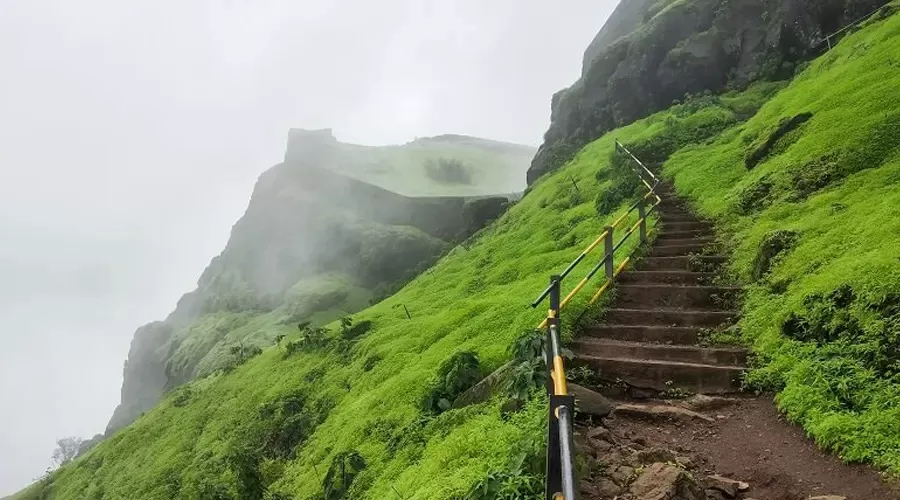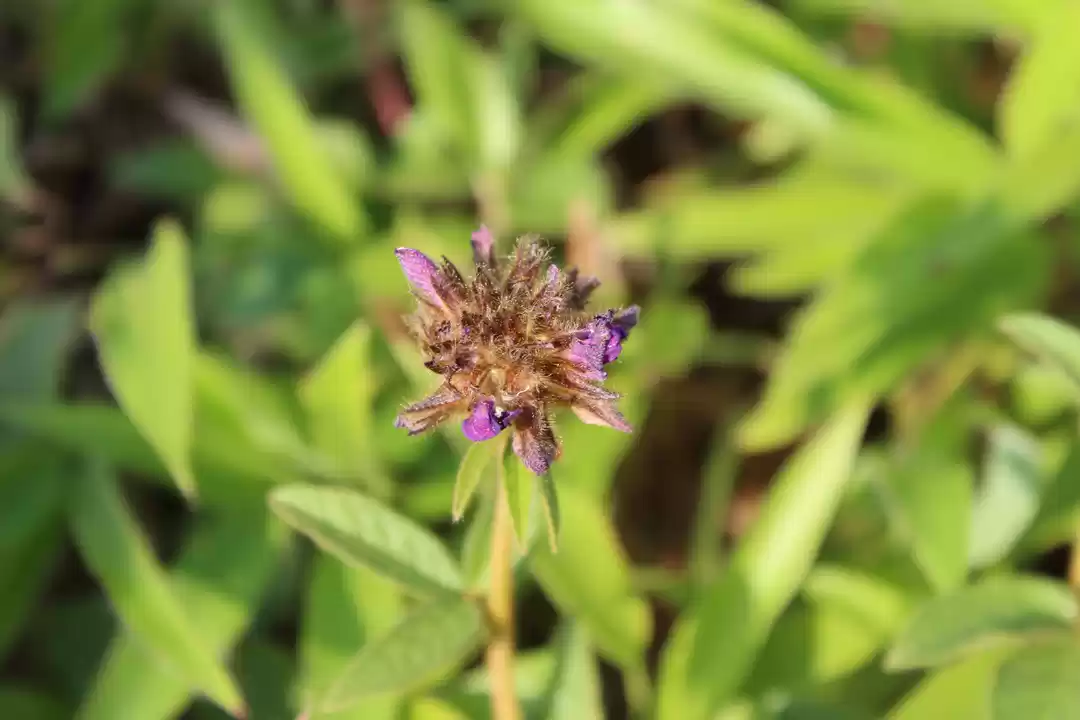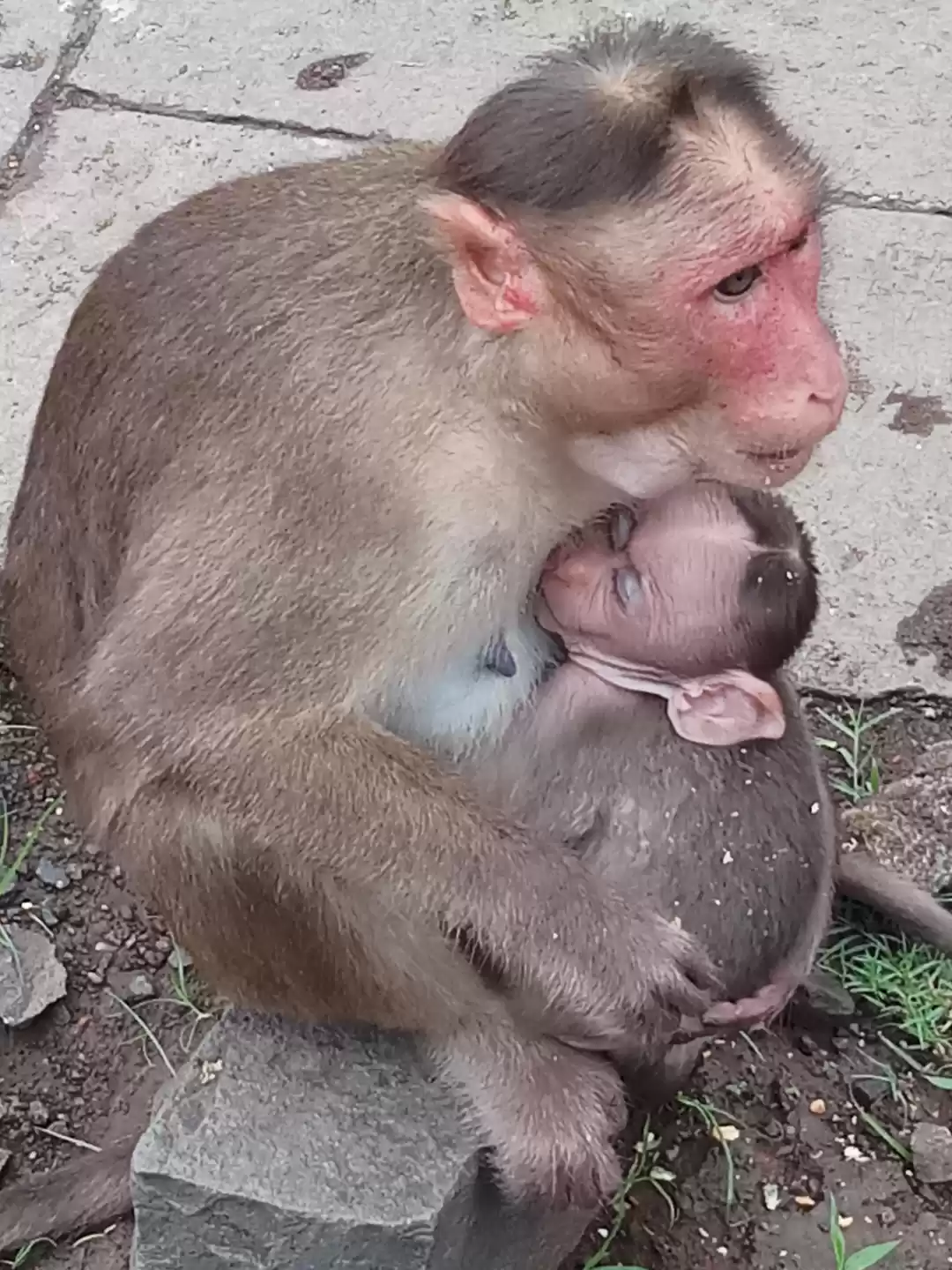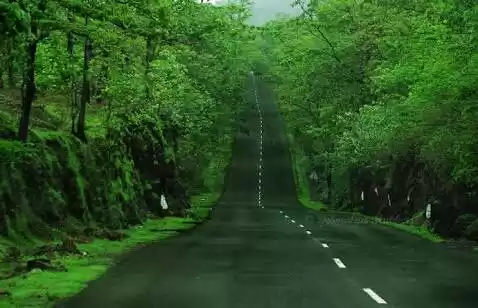Torna Fort, also known as Prachandagad, is one of the oldest and highest forts in Maharashtra. Located about 60 km from Pune, it is a popular destination for trekkers and history lovers. The fort offers a spectacular view of the surrounding mountains, valleys, rivers, lakes, forests, and other forts in the region. It also has a rich history and significance, as it was the first fort captured by Shivaji Maharaj, the founder of the Maratha Empire.

If you are looking for a historical and scenic adventure in Pune, then Torna Fort Trek is the perfect choice for you. In this article, we will tell you everything you need to know about Torna Fort Pune, including its history, architecture, trekking route, views, and nearby places to visit.
History of Torna Fort
Torna Fort has a long and fascinating history that dates back to the 13th century. The fort was originally built by the Shaiva Panth followers of Lord Shiva under the name of Prachandagad. The name means “massive fort” or “fierce fort” in Marathi.
The fort was later captured by various dynasties, such as the Bahmani Sultanate, the Nizam Shahi Sultanate, and the Adil Shahi Sultanate. In 1646, at the age of 16, Shivaji Maharaj conquered the fort from the Adil Shahi ruler with the help of his loyal followers. This was his first victory and a turning point in his career as a warrior and king. He renamed the fort as Torna, which means “break” or “tear” in Marathi.
Shivaji Maharaj also renovated and fortified the fort with new walls, bastions, gates, temples, water tanks, and caves. He also built a ridge connecting Torna Fort to Rajgad Fort, his capital. The fort became a strategic base for Shivaji Maharaj and his army to launch attacks on the enemies.
The fort witnessed many battles and sieges over the years. In 1704, Aurangzeb, the Mughal emperor, attacked and captured the fort after a long struggle. He renamed it as Futulgaib, which means “divine victory” in Persian. However, his son Azam Shah returned the fort to the Marathas as a tribute to Shivaji Maharaj.
The fort remained under the Maratha rule until 1818, when it was surrendered to the British East India Company after the Third Anglo-Maratha War. The British used the fort as a prison and a military station until 1947.
After India’s independence in 1947, the fort was declared as a protected monument by the Archaeological Survey of India. Today, it is a popular tourist attraction and a heritage site that attracts thousands of visitors every year.
Also Read: This range trek in Maharashtra will give you a real feel of rustic Western Ghat
Architecture and Features of Torna Fort
Torna Fort is an impressive example of medieval Indian architecture and engineering. The fort covers an area of about 3 sq km and stands at an altitude of about 1400 m above sea level. It is surrounded by steep cliffs and deep valleys on all sides.
The fort has two main entrances: Bini Darwaja (north) and Konnur Darwaja (south). Both are massive stone gates with iron spikes and carvings. The Bini Darwaja leads to the upper part of the fort, while the Konnur Darwaja leads to the lower part.
The upper part of the fort consists of several structures and features, such as:
Budhla Machi: This is a huge rock projection on the western side of the fort that resembles a giant whale’s back. It offers a breathtaking view of the valley below and the Rajgad Fort in front.
Zunjar Machi: This is another rock projection on the eastern side of the fort that resembles an elephant’s trunk. It offers a panoramic view of the Velhe village and Panshet Dam.
Menghai Devi Temple: This is an ancient temple dedicated to Goddess Menghai Devi, who is believed to be the patron deity of Torna Fort. The temple has a stone idol of Menghai Devi with four arms holding different weapons.
Toranjai Temple: This is another temple dedicated to Goddess Toranjai, who is believed to be another form of Menghai Devi. The temple has a stone idol of Toranjai with two arms holding a lotus and a sword.
Water Tanks: There are several water tanks on the fort that store rainwater for drinking and other purposes. Some of the water tanks are named after Shivaji Maharaj’s mother Jijabai, his wife Saibai, and his generals Tanaji Malusare and Suryaji Pisal.
Caves: There are several caves on the fort that were used as shelters and storages by the soldiers and the locals. Some of the caves have carvings and inscriptions on their walls.
The lower part of the fort consists of a plateau that is covered with grass and flowers. It is also known as Velhe Pathar or Budhla Pathar. It is a popular camping site for trekkers and nature lovers.
Trekking to Torna Fort
Trekking to Torna Fort is a thrilling and rewarding experience for adventure seekers and history buffs. The trek offers a challenging and varied terrain, with steep ascents, descents, rocky patches, slippery slopes, and narrow ridges. The trek also offers a glimpse of the rich flora and fauna of the region, such as wildflowers, butterflies, birds, monkeys, and snakes.
The trek starts from the base village of Velhe, which is about 60 km from Pune. You can reach Velhe by bus, car, or bike from Pune. The trekking route from Velhe to Torna Fort is about 8 km long and takes about 4 hours to complete. The route is well marked with signboards and arrows.
The trekking route can be divided into three stages:
Stage 1: Velhe to Budhla Machi: This is the most difficult stage of the trek, as it involves a steep climb of about 3 km through dense forest and rocky terrain. You will encounter some iron ladders and chains to help you cross some tricky sections. You will also pass by some water tanks and caves on the way. The stage ends at Budhla Machi, where you can enjoy the view of the valley and Rajgad Fort.
Stage 2: Budhla Machi to Bini Darwaja: This is a relatively easy stage of the trek, as it involves a flat walk of about 2 km along the ridge of the fort. You will encounter some fortifications, bastions, and gates on the way. The stage ends at Bini Darwaja, which is the main entrance to the upper part of the fort.
Stage 3: Bini Darwaja to Zunjar Machi: This is the final stage of the trek, as it involves a gentle climb of about 3 km through grassy meadows and flower beds. You will encounter some temples, water tanks, and caves on the way. The stage ends at Zunjar Machi, where you can enjoy the view of Velhe village and Panshet Dam.
You can either return from Zunjar Machi or explore the upper part of the fort further. You can also camp on the lower part of the fort if you have permission from the forest department.
The best time to do Torna Fort Trek is from October to February, when the weather is pleasant and clear. You can also do the trek in monsoon season from June to September, when the fort is covered with greenery and mist. However, you should be careful of slippery trails and leeches.
You may Like: 7 Must Visit Forts In India
Some tips and precautions for Torna Fort Trek are:
- Carry enough water and snacks for the trek.
- Wear comfortable shoes and clothes for the trek.
- Carry a raincoat or an umbrella in monsoon season.
- Carry a torch or a headlamp for night camping.
- Carry a first aid kit and some medicines for emergencies.
- Do not litter or damage the fort or its surroundings.
- Do not venture into restricted or dangerous areas of the fort.
- Do not disturb or harm any animals or plants on the fort.
Views from Torna Fort
Torna Fort offers some of the most stunning views in Maharashtra. From the top of the fort, you can see the majestic landscape of the Western Ghats, the serene waters of Panshet Dam, the imposing structure of Rajgad Fort, and the quaint village of Velhe.
The views from Torna Fort are especially beautiful during sunrise and sunset, when the sky is painted with different colors, the sun rays are reflected on the water, and the shadows are casted on the mountains.
The views from Torna Fort are also amazing during night time, when the stars are twinkling in the sky, the moonlight is shining on the fort, and the lights are glowing in the village.
You can enjoy the views from Torna Fort from different spots and angles. Some of the best spots are:
Budhla Machi: This is the highest point of the fort, where you can see the entire fort and its surroundings. You can also see the ridge that connects Torna Fort to Rajgad Fort.
Zunjar Machi: This is the easternmost point of the fort, where you can see the Velhe village and Panshet Dam. You can also see the sunrise from this spot.
Menghai Devi Temple: This is the central point of the fort, where you can see the main entrance and the lower part of the fort. You can also see the sunset from this spot.
Toranjai Temple: This is the southernmost point of the fort, where you can see the Konnur Darwaja and the valley below. You can also see the moonrise from this spot.
You can also capture the views from Torna Fort with a camera or a drone. However, you should be careful of the wind and the birds that may interfere with your shots. You should also respect the privacy and safety of other trekkers and locals.

Nearby Places to Visit from Torna Fort
Torna Fort is not only a historical and scenic attraction, but also a gateway to many other places to visit in Pune. After completing your trek to Torna Fort, you can explore some of these nearby places that offer more attractions and activities for tourists. Some of these places are:
Sinhagad Fort: This is another famous fort in Pune that was captured by Shivaji Maharaj with the help of his brave general Tanaji Malusare. The fort is about 35 km from Torna Fort and can be reached by road or by trekking. The fort has a museum, a memorial, a temple, and a restaurant. You can also enjoy paragliding, rappelling, and rock climbing at Sinhagad Fort.
Rajgad Fort: This is another magnificent fort in Pune that was the capital of Shivaji Maharaj for 26 years. The fort is about 15 km from Torna Fort and can be reached by road or by trekking along the ridge. The fort has three parts: Balekilla, Suvela Machi, and Sanjeevani Machi. You can also see the tomb of Shivaji Maharaj’s loyal dog Waghya at Rajgad Fort.
Purandar Fort: This is another important fort in Pune that was the birthplace of Shivaji Maharaj’s son Sambhaji Maharaj. The fort is about 45 km from Torna Fort and can be reached by road. The fort has two levels: Balekilla and Machi. You can also see a statue of Murarbaji Deshpande, who defended the fort against Diler Khan, a Mughal general.
Panshet Dam: This is a beautiful dam on the Ambi River that provides water and electricity to Pune. The dam is about 20 km from Torna Fort and can be reached by road. The dam has a park, a garden, and a boating facility. You can also enjoy water sports, such as kayaking, jet skiing, and banana boat ride at Panshet Dam.
Lavasa City: This is a planned hill city near Pune that is inspired by the Italian town of Portofino. The city is about 65 km from Torna Fort and can be reached by road. The city has a lake, a promenade, a golf course, and a hotel. You can also enjoy cycling, hiking, camping, and zip lining at Lavasa City.
Mulshi Lake: This is a scenic lake formed by the Mulshi Dam on the Mula River. The lake is about 80 km from Torna Fort and can be reached by road. The lake has a resort, a spa, and a restaurant. You can also enjoy fishing, bird watching, and photography at Mulshi Lake.
Lonavala: This is a popular hill station near Pune that is known for its natural beauty and charm. The hill station is about 100 km from Torna Fort and can be reached by road or by train. The hill station has many attractions, such as Bhaja Caves, Karla Caves, Lohagad Fort, Visapur Fort, Tiger’s Leap, Lion’s Point, Bushi Dam, Rajmachi Point, Kune Falls, and Imagica Theme Park.
Conclusion
Torna Fort Pune is a must-visit place for anyone who loves history, culture, adventure, and beauty. The fort is a testimony to the glory and valor of Shivaji Maharaj and his Maratha Empire. The fort also offers a spectacular view of the surrounding nature and other forts in the region. The fort also provides a thrilling and rewarding trekking experience for adventure seekers and history buffs.
If you are looking for a historical and scenic adventure in Pune, then Torna Fort Trek is the perfect choice for you. You can also explore some of the nearby places that offer more attractions and activities for tourists.
















































